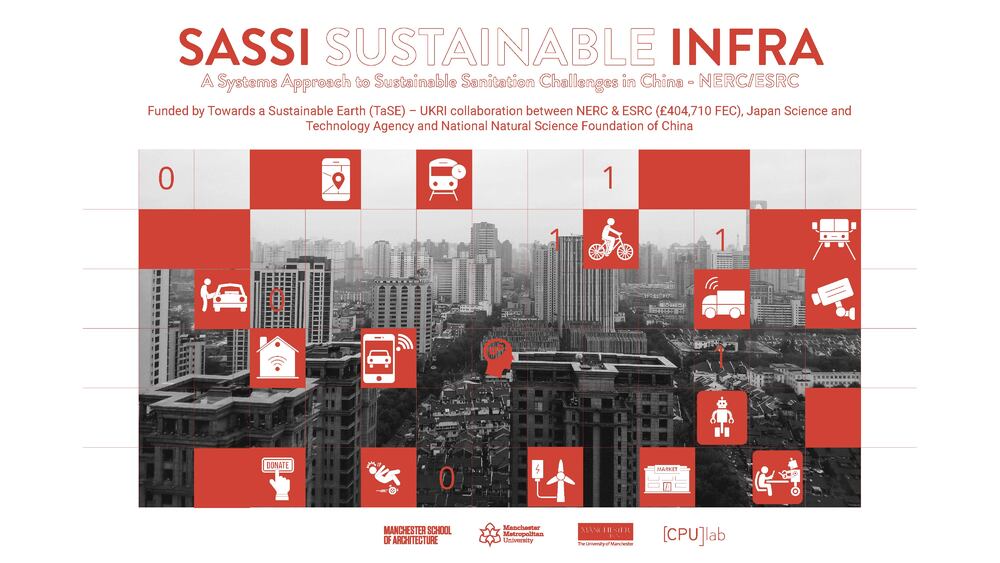Research Project
The Project
Sanitation infrastructure is entangled with social, technical and ecological systems at different spatial and temporal scales. The planning, implementation, management, maintenance and use of sanitation systems have substantial implications for sustainability. Such sustainability outcomes can depend on factors as diverse as context-specific resource availability, everyday practices and local values, beliefs and norms. Expanding sanitation systems is key to sustainable development transitions, considering that Sustainable Development Goal (SDG) 6 has a strong focus on sanitation. More importantly, sanitation systems are linked with multiple other SDGs and create substantial interlinkages between SDGs. Even though sanitation systems are usually implemented with the aim to improve human well-being, transitions in national sanitation infrastructures may carry adverse implications for human health, social relations and environmental sustainability. Yet, there is a lack of systematic and integrated evidence on the sustainability outcomes of transitions in sanitation systems, especially in (rapidly) developing countries.
The overall aim of this interdisciplinary project is to enhance our understanding of the complex human-environment interactions in sanitation systems and their sustainability outcomes in rapidly developing countries. This can contribute knowledge and best practices to improve human well-being, which is the overall focus of the Sustainable Development agenda. The project has four interlinked objectives:
To understand the components of (and their interaction within) different types of sanitation systems as well as how sanitation systems interact with other social, technical and environmental systems (system of systems)
To reveal the interactions between different sanitation systems and the Sustainable Development Agenda, SDGs and their targets
To co-develop with stakeholders models and tools that support informed decision making in sanitation towards sustainable development
To build transdisciplinary capacity in sanitation research, design, planning, implementation, management and maintenance
SASSI will define and advance a systems approach for sanitation which situates basic human functions (and their supporting infrastructures) within wider human ecosystems of critical social, economic and environmental resources and social institutions, cycles and order. It will study the sustainability outcomes of current sanitation practices (and transitions) across different sanitation systems (e.g., service-networked or sewage-based sanitation), spatial contexts (e.g., urban, peri-urban, rural) and temporal scales (to account for time lags, increased scale and pace and the indirect effects of sanitation).
SASSI will use a mixed-methods approach to understand infrastructural transitions over time and explore how possible context-specific policy- or design-focused interventions may contribute to sustainable development goals. It will combine various analytical approaches from the natural and the social sciences through state-of-the-art modelling using concepts from complexity science. Scenario development and simulation will allow us to consider plausible futures, whilst taking into account possible uncertainties.
SASSI will focus on Shanghai (China), which is a prime example and model of urban transformation. The mega-city is China’s most populous city and administratively equal to a province. Beyond dense urban centres, it contains urban villages, satellite towns and swaths of sparsely populated agricultural land. Thus, it offers unique opportunities to study the entanglement of co-evolving urban, peri-urban and rural systems at varying stages of infrastructural development. The approach developed in this project will be applicable elsewhere in China, playing an important role in understanding the nation’s ongoing Toilet Revolution. It will inform China’s development-oriented Belt and Road Initiative (BRI) with implications for rapidly urbanising contexts globally.





